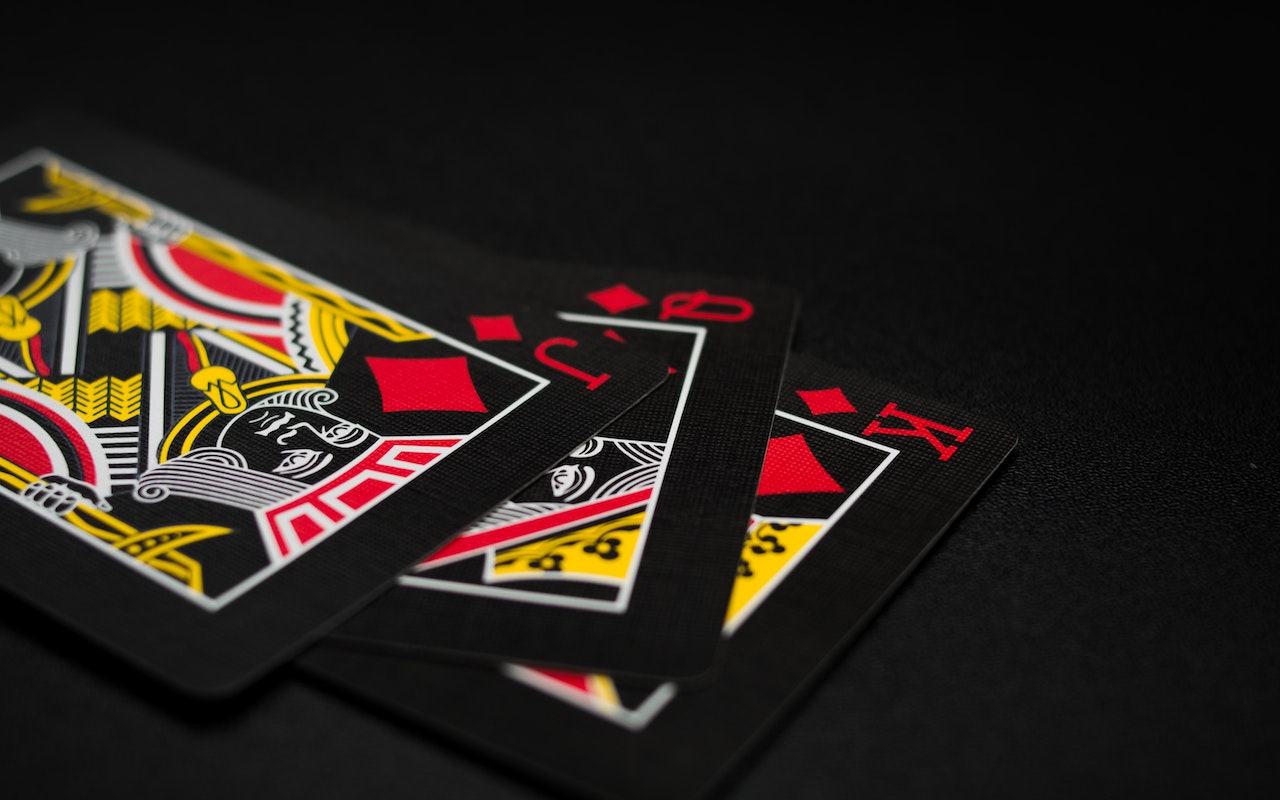The history of blackjack could start with the history of card games in general. The cards originated in China around 900 BC with the rise of paper money. It is considered that it was the who then created the first playing cards decorated with their Islamic art. Through the letters arrived in Spain and Italy where he began to acquire a more modern appearance to the human figures added to it, members of royalty.

These online casino slot are the ancestors of blackjack, such as “Chemin de Fer” and “French Ferme” which had their origin in France. But those who are credited with a more direct relationship with modern blackjack are the game called “Vingt-et-A” which means “twenty-one (21) in French, and the Italian card game called ” Seven and East”. “Vingt-et-Un” became very popular in the seventeenth century and was a favorite of Napoleon. But despite the similarities with this game blackjack, had some important differences. For instance, in Vingt-et-A player could only bet once the cards were dealt, and the dealer was the only one who had the option of doubling.
Furthermore, the game “Seven and a Half” unlike blackjack, is played only with the 8, 9, 10 and figures, the latter of which counted as “average. However, in this game where the birth of the term “break” that was what happened when the total of the cards in a hand score exceeded expectation: “Seven and a half”. After the French Revolution in the eighteenth century, the “Vingt-et-Un” crossed into the United States, where he initially was not very popular, who knows in part because between 1850 and 1910 Nevada outlawed gambling casino.
Spring Bok Magazine game became known as Blackjack because if the first two cards a player had a Jack ( “Jack”) of spades and an ace of spades, the player received an extra payment: 10 to 1. The name “blackjack” was born then because of their importance to the “Jack” and the sword (which is black). Today, he remains such a name, although it is accepted that a total of 21 be formed by any 10 value card and any Ace Besides casinos do not offer as high a premium on winning hands, and the payment received by the blackjack, regardless the stick or the color of the letters is 3 to 2.
In 1931 Nevada legalized gambling and since then the blackjack game was becoming increasingly popular. Atlantic City 1978 also legalized casino gambling and since then about 20 U.S. states have had at least a small number of casinos, even a hundred Native American Natural Reserves operate or casinos. Blackjack also extended outside the United States, arriving at the casinos in several countries of the world, including France, England, Monaco, and parts of the Caribbean islands.

